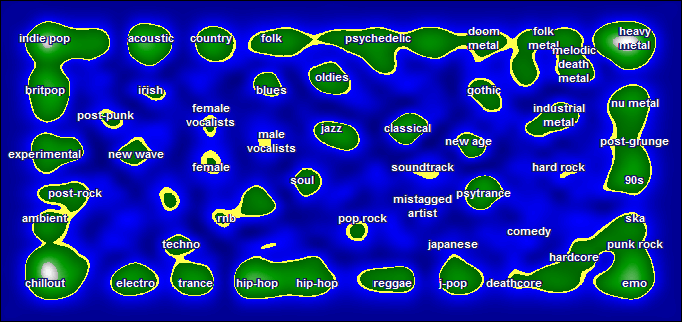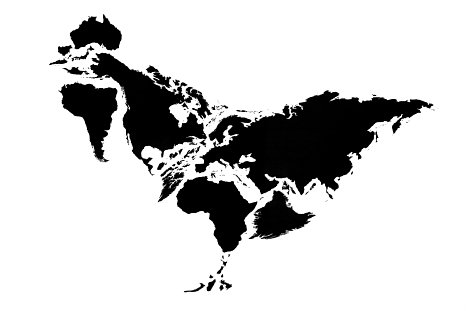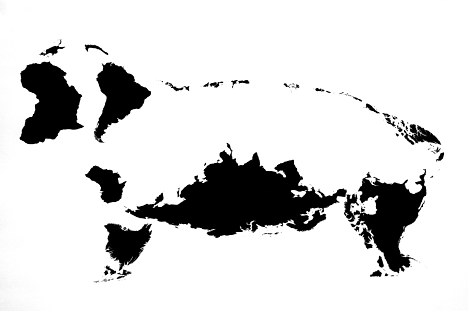 I’ve recently switched over from my iPhone to an HTC Dream phone running Google’s Android operating system, otherwise known as the G1. One of the main reasons I switched was because my older iPhone didn’t have a real GPS, and the cell-tower triangulation just didn’t cut it in many parts of the country.
I’ve recently switched over from my iPhone to an HTC Dream phone running Google’s Android operating system, otherwise known as the G1. One of the main reasons I switched was because my older iPhone didn’t have a real GPS, and the cell-tower triangulation just didn’t cut it in many parts of the country.
Google just released an app that makes the GPS really useful, called My Tracks. I’m not the first to write about it, and there’s a pretty thorough review at AndroidGuys, but I thought I’d share my first experience. This is also an excuse to post more pictures of my cute kid on my supposedly technology-focused blog, since she came along for the walk.
To use My Tracks you’ll need to download it for free from the Android Market. Once you have it installed it’s just a matter of starting up and hitting the menu button and then Record Track. You can put your phone in your pocket and forget about it while you hike or even surf the web and use other apps – it will keep running in the background. Multitasking is another advantage that Android has over the iPhone.
Here’s my walk with my internet-famous firstborn:
It’s fairly accurate, and you can even tell which side of the street I walked on most of the time. Mountain View is no metropolis but walking near tallish buildings downtown did seem to throw it off a bit. I promise I was not staggering from side to side as I walked down Castro Street.
You also get summary data about the duration, traveling speed, and even elevation changes of your trip.
 The best thing about My Tracks is that it uses Google Maps and makes it easy to share your route with people. One note – you’ll have the click the little down arrow button on the map screen and choose “Send to Google…” before it shows up in your “My Maps” list in Google Maps. To embed the result in the blog post (like I did above), click the “Link” link in Google Maps and you’ll get code for an iframe.
The best thing about My Tracks is that it uses Google Maps and makes it easy to share your route with people. One note – you’ll have the click the little down arrow button on the map screen and choose “Send to Google…” before it shows up in your “My Maps” list in Google Maps. To embed the result in the blog post (like I did above), click the “Link” link in Google Maps and you’ll get code for an iframe.
You can also share some route details with Google Docs but to be honest I was hoping for more data – I’d like to get the point-by-point GPS data so I can use it to automatically geotag photos. I am an obsessive geotagger on Flickr but it’s just too time-consuming to do it manually if the data already exists somewhere. You can access Google Docs spreadsheet data with Python, after all.
Another similar Google product I haven’t signed up for yet is Latitude – I’m not so much worried about privacy as I am unlikely to be traveling around enough for it to be interesting at this point. Athena likes to go for walks but we aren’t roaming too far yet.


